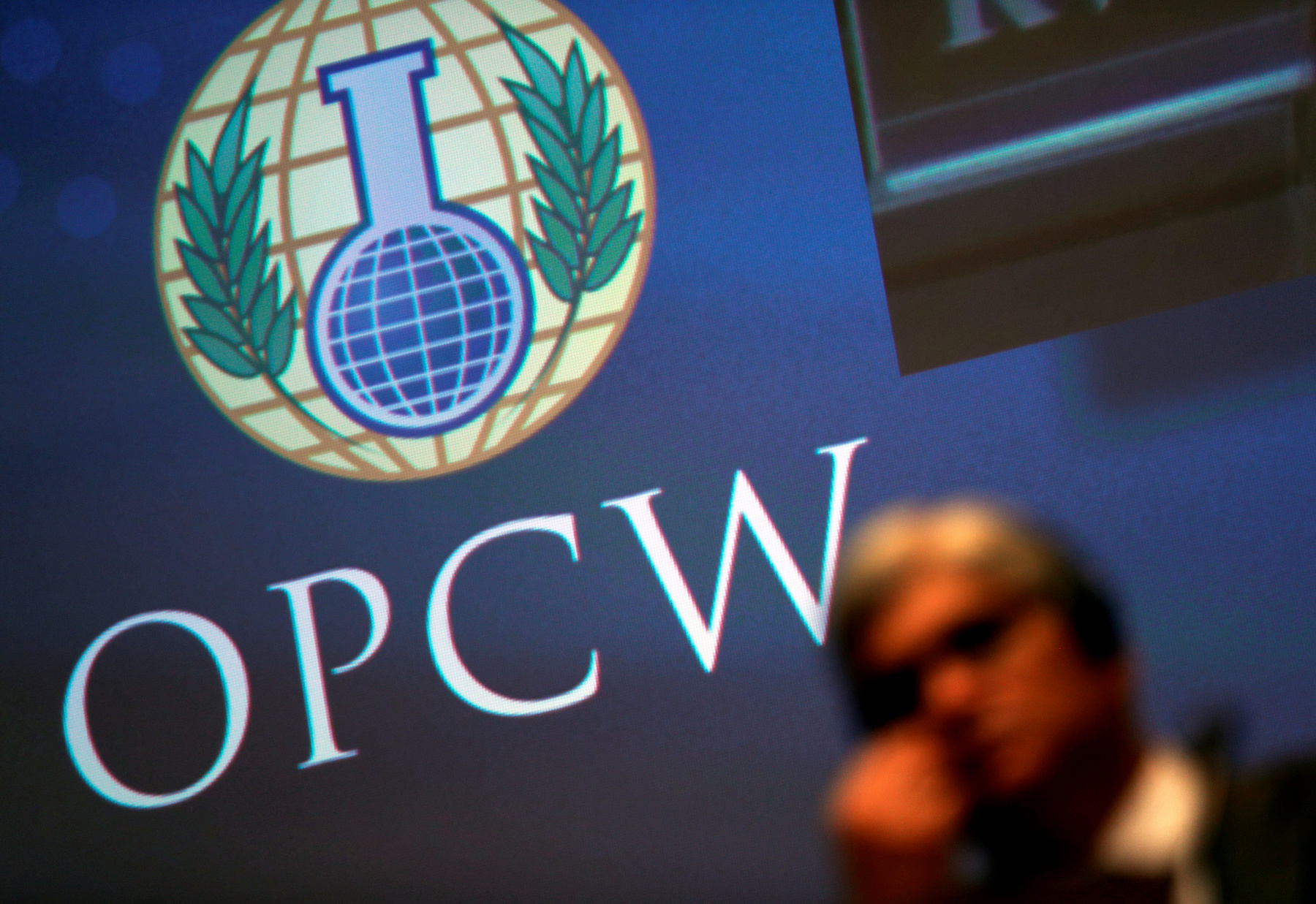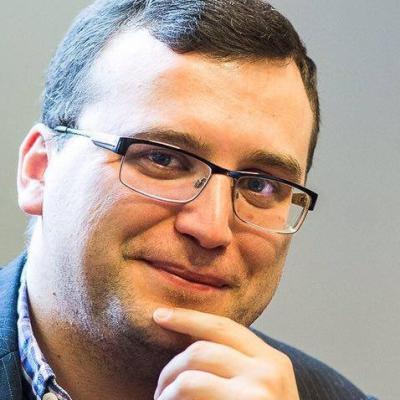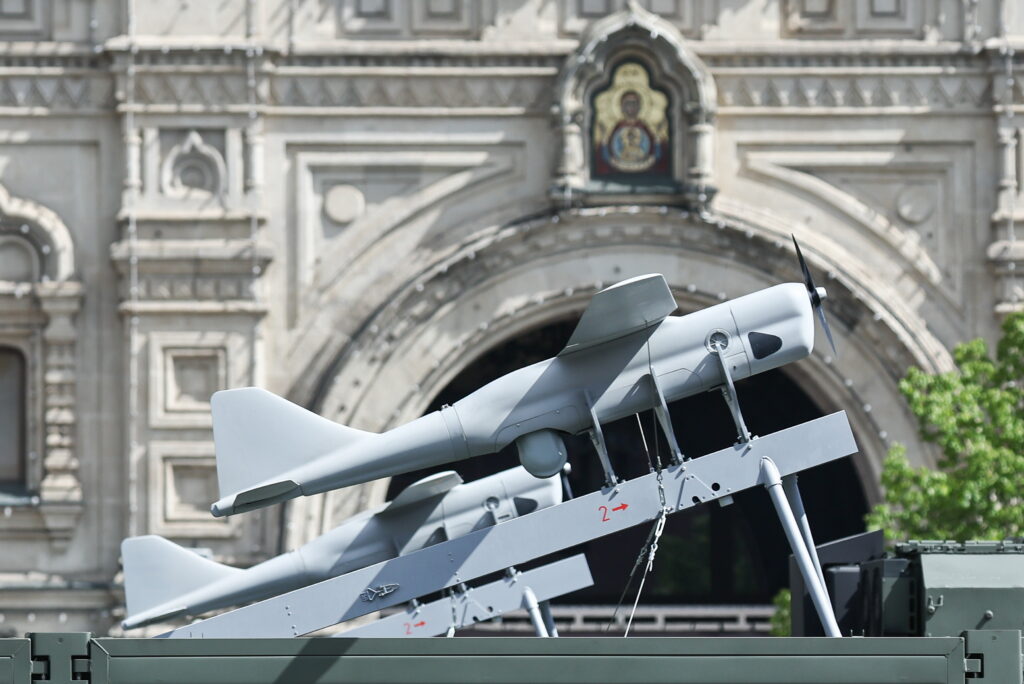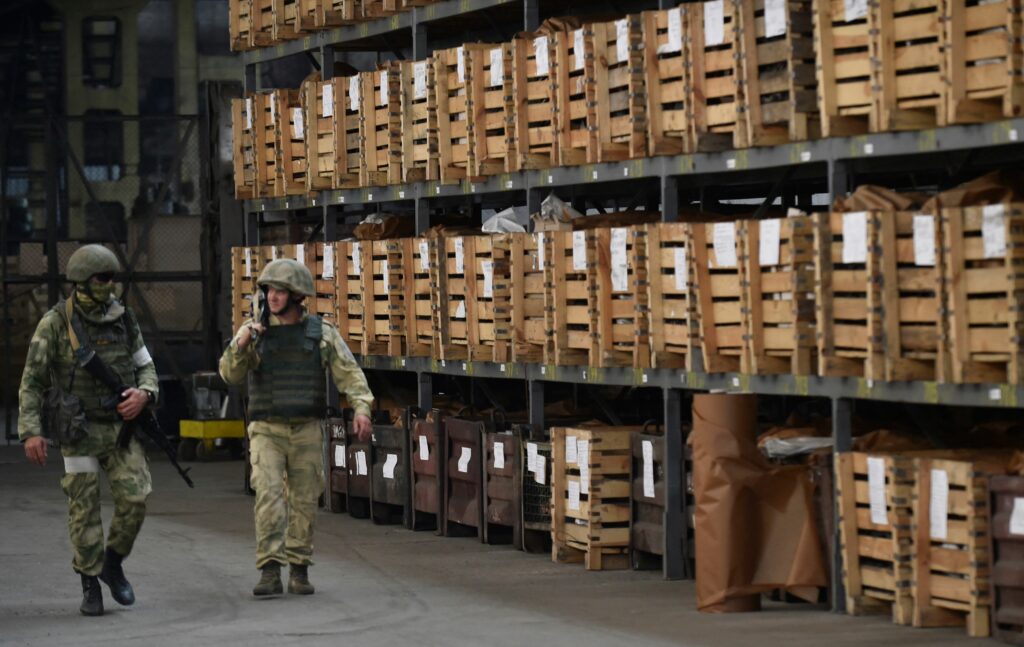By the early 1990s, Russia had accumulated the world’s largest chemical weapons stockpile, about 40,000 metric tonnes. On September 27, 2017, it completed the destruction of all of its stocks under the Chemical Weapons Convention (CWC), which was adopted in 1993 and entered into force in 1997. The US, the UK, Germany, Italy and Canada provided Russia with impressive financial assistance. The implementation of the CWC was considered a major Russian achievement which could have easily been translated into strengthening the Kremlin’s foreign policy position and prestige had it not been for the confrontation with the West and problems with the Russian authorities’ international reputation.
The poisoning of Sergei and Yulia Skripal in Salisbury in March 2018 with a nerve agent is a case in point. A police officer named Nick Bailey and two local residents, Charlie Rowley and Dawn Sturgess, were also poisoned, and Sturgess died as a result. On top of that, there was the poisoning of Alexei Navalny in Tomsk in August 2020. One cannot ignore the fact that Bulgaria accused three Russian citizens in 2020 of poisoning the entrepreneur Emilian Gebrev in April 2015. All this leaves no doubt that the Russian security services have such chemical agents at their disposal, albeit probably in small quantities, as well as the ability to produce them. Yet Russia should not be in possession of such agents at all.
Elsewhere for years, Russia has tolerated the use of chemical weapons. By Bashar al-Assad in Syria, for instance, despite the 2013 Syrian chemical weapons deal which Vladimir Putin considered a major personal achievement. Let us explore the reasons behind the Kremlin’s ambivalent stance and persistence in not giving up on the use of lethal chemical agents, which is fraught with enormous political and economic damage for Russia.
The ineffectiveness and absurdity of chemical weapons
The use of chemical weapons on the battlefield during World War I did not give any significant advantages to any of the armies that used them. Military casualties included 90,000 deaths (two-thirds of them among the Russian army) and the poisoning of 1.3 million servicemen. Truth be told, civilian casualties were not accurately recorded. These figures do not look very impressive against the backdrop of almost 20 million deaths (9.7 million among the military and approximately 10 million among civilians) as well as 21 million injured during the war. Still, chemical weapons had an immense psychological effect: the suffering of those poisoned and the fear of poisoning had a negative effect on the morale of the servicemen, not only of those who fell victim to chemical attacks.
The ratio illustrates that the army that suffered most from these weapons was the one experiencing serious problems with soldiers’ training, combat gear and healthcare. Given this negative military experience, it becomes clear why Bolshevik Russia, born at the end of World War I, made the stockpiling of chemical weapons one of its military priorities for the next 70 years. Soviet military commanders wanted to get hold of the weapons they had suffered from while fighting in the tsarist army. Moreover, the erratic and rather pointless use of chemical weapons during the Russian Civil War, including against civilians and insurgents, bolstered the Bolsheviks’ optimism. The Bolsheviks believed that previous problems were due to the shortage of chemical weapons and insufficient training of the relevant military units. The manufacturing infrastructure that was created also played an important role in the accumulation of the world’s largest stockpile of these weapons. The exploitation of the manufacturing capacity was governed by the authoritarian system’s logic and inertia and was not necessarily related to feasibility.
Paradoxically, chemical weapons also determined the US’s actions for decades to come. The fact is that more than 70,000 of the 224,000 hospitalised US servicemen during World War I suffered from gas wounds. Although about 1,500 Americans died as a result of chemical attacks either on the battlefield or in hospitals, the above-mentioned ratio of gas casualties among the wounded largely predetermined the development of the chemical weapons programme in the US.
It would seem that World War II had already proven the uselessness of chemical weapons, and the advent of a nuclear bomb should have encouraged the abandonment of these weapons altogether. But just the opposite happened: in the case of the USSR, chemical weapons compensated for the lag in production of nuclear weapons in the first post-war decades. The US, on the other hand, treated chemical weapons as part of its concept of controlled conflict escalation, or ‘gradual deterrence’. Simply put, chemical weapons, like biological weapons, turned out to be closely intertwined with nuclear weapons. Thus, a family of weapons of mass destruction was formed. Moreover, at that time, chemical stockpiles were supplemented with nerve agents which started to evolve into binary chemical weapons back in the 1980s. The arms race was taking absurd forms.
The 1980–1988 Iran–Iraq War seemed to prove that it was too early to dismiss chemical weapons as ‘WMD for the poor’. However, this was rather a repeat of the lessons of World War I. Firstly, Iraq’s use of gas on the battlefield produced only tactical results and a demoralising effect (unless the Iraqi troops themselves suffered from their own weapons). Secondly, this impact was achieved in the case of poorly trained, poorly equipped and hastily recruited Iranian soldiers and militia. And, most importantly, Kurdish civilians accounted for almost the majority of the thousands of chemical warfare casualties (1, 2).
It became clear that chemical weapons were second to none when it comes to terrorising civilian populations – all the more so because they can be even deadlier in cities. This was soon confirmed by the deadly Tokyo underground sarin attack carried out by the Aum Shinrikyo cult in 1995 as well as the war in Syria in the 2010s. Thus, from a dubious battlefield weapon and an absurd means of strategic deterrence, chemical weapons evolved into a means of power struggle used by dictators and totalitarian movements.
Through the Kremlin’s prism
The Russian government’s approach to chemical disarmament no longer seems so controversial against this backdrop. Deprived of ideological and moral constraints, the Kremlin takes a cynical approach to chemical weapons, that is, a ruler who is in possession of such weapons, is ready to use them and can evade responsibility has the right to do so. As for the elimination of chemical weapons, this initiative was politically and technically justified in a given historical context, but it is not irreversible. At the same time, the CWC is seen only as a useful tool for keeping the world order in the hands of the leading military superpowers. These superpowers, in turn, may derogate from the provisions of the Convention, which, according to Russian military theorists, the Kremlin is doing in order to improve its military capabilities or simply for the sake of political provocation.
All this does not mean that the Kremlin has huge unregistered stocks of chemical weapons or has plans for their extensive use. The paradigm of Soviet chemical stockpiles and of chemical weapons being part of the deterrence system is indeed a thing of the past. The problem is, Moscow no longer considers the destruction of Russian chemical weapons or the ban on the use of such weapons by anyone in the world as a value in itself, but only as an argument in the context of hostile or friendly relations with the United States and the current interests of the Russian leadership.
Thus, the purpose of the use of nerve agents for political reprisals becomes clear. Firstly, the Russian authorities simply do not perceive the very existence of a small laboratory equipped with a mass spectrometer and the necessary precursors as a WMD programme. Secondly, Moscow takes a utilitarian approach: the complexity of detection, the availability of production, the very small number of people involved, the relative (not absolute) efficiency, etc. Thirdly, and paradoxically, it is a confirmation of political status. This is not a question of foreign policy in the first place, but of the Russian power structure from within. The withdrawal from the CWC testifies to the full control which rests in the hands of those who can make such a decision. The need for such confirmation probably means that there is a serious threat to the very integrity of power. However, problems and severe foreign policy consequences in the aftermath of the violation of the CWC may even be perceived as a way of achieving the tactical consolidation of the Russian ruling class around one individual.










